It’s the end of the world, so there’s nothing left to do but sing. The film The End makes its pessimism clear right from the title. We are indeed at the end — specifically, inside a bunker where a deranged family lives decades after the Earth was ravaged by climate change. What the title doesn’t reveal is that, in the midst of all the drama, the characters start to sing to cope with their despair. Because, although it may sound unusual for the genre, The End, is a musical.
“There’s a kind of viewer who dislikes the classic musical where everything is fine — superficial, sappy, and all tralala,” explains researcher Alberto Mira, author of the essay Stephen Sondheim’s Musical Theatre. “That may be why some are now gambling on musicals with darker stories, breaking the false myth that musicals are always cheerful.”
The End, by documentary filmmaker Joshua Oppenheimer, fits within this category. But so do other recent works like Carmen, which mixed Melissa Barrera’s dancing with themes of immigration; the mournful Cyrano, starring Peter Dinklage; the surreal Annette, by Leos Carax; the Spanish film Polvo serán, about assisted dying; the melancholic cinema of John Carney with Sing Street and Once; the controversial Emilia Pérez; or even Joker: Folie à Deux, shaped by a marketing campaign that avoided calling it a musical.
“I wouldn’t necessarily say that this is actually a musical. The way that music is used is to give the characters a way to express what they need to say, because the scene and dialogue wasn’t enough,” said Lady Gaga at the film’s premiere at the Venice Film Festival. A paradoxical statement that denied the movie’s musical nature while simultaneously redefining the foundations of the genre.
“The End is really a tribute to the golden age of the musical. It’s the quintessential genre of denial and deception. Even as you head toward the abyss, the music convinces you there’s no need to change course, because the future will always shine. The sun will come out tomorrow,” says Oppenheimer in a video call with EL PAÍS, quoting the iconic song from Annie. “The genre helps me confront the contradictions of our era. I use it, together with composer Joshua Schmidt, to show each character’s desperate struggle to convince themselves that there’s still light despite all the sadness and darkness.”
In the Spanish series Mariliendre, screenwriter and director Javier Ferreiro builds the drama of Meri Román, who recalls her youth through early-2000s pop songs as grief takes over her life. Tracks like Te quiero más (I Love You More) juxtapose the joy of the past with the sorrow of the present, all from within a funeral home.
“We use songs to express the melancholy of the past. It’s our way of saying things that aren’t possible from a realistic perspective,” says Ferreiro, who drew on the many references she’s gathered throughout her life as a musical lover: Singin’ in the Rain, Hedwig and the Angry Inch, Across the Universe, One from the Heart, Moulin Rouge… “Even Frozen. Because Disney plays such a big role in our upbringing, and the musical moment in Dumbo used to give me nightmares.”
Researcher Alberto Mira highlights how the Joker sequel explores the dual nature of musicals “by using classic songs and familiar codes to turn them on their heads,” he says. “It contrasts the optimism and sentimentality of those well-established icons of American culture with their darkest side — violence and terrorism. It’s a metatextual game that classic musicals have already played, from Rodgers and Hammerstein’s Oklahoma! to Bernstein’s West Side Story: using old forms to add irony and place drama in a new context,” he explains.
That same tension was explored, though from a European angle, by Lars von Trier in Dancer in the Dark, where Björk’s character copes with her harsh reality as a factory worker by turning to music, singing mournfully through The Sound of Music. Few musicals have reached that level of sorrow. “If you want to be taken seriously, it seems like you have to kill someone or tell a story about drug traffickers or terrorists,” Mira points out.
And why a musical to tell such stories? For Oppenheimer, it felt like a natural choice, as his two documentaries were already musical in a way. In The Act of Killing, for instance, he had Indonesian officers who committed genocide reenact their brutal crimes through a musical performance, making their actions even more jarring. The seed of The End, in fact, traces back to his plan to shoot a third documentary in the country — this time about the oligarchs who got rich during that period. But after being denied entry, he had to reimagine the project without losing its core message.
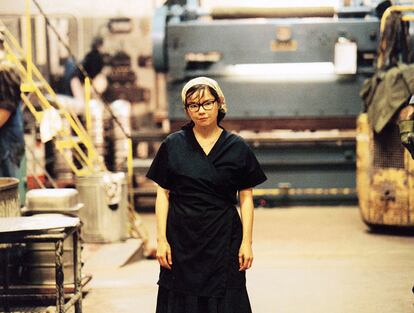
“I was developing the idea and put on one of my favorite musicals, The Umbrellas of Cherbourg. I did it to clear my mind, but the idea came to me,” recalls the Texan filmmaker. “My family of oligarchs would be American, because this is an American genre. And the musical would serve, as in my previous films, to show how we use stories to deceive ourselves about the world around us, to excuse our guilt, and to lie to ourselves.” So he made that depressive clan at the heart of The End — led by actors Michael Shannon and Tilda Swinton — sing.
For Oppenheimer, the difference with Von Trier is that his characters “don’t escape into a dissociated fantasy bubble with songs, but rather it’s the songs are part of reality that helps them believe the lies. Unlike in Golden Age musicals, where the character sings because the truth is too big to be told in dialogue, here they do so because they can’t embrace reality, and they sustain the lies with music. It helps them justify and romanticize their cruelty,” he explains. Anything can be a musical, even the recent African-American vampire allegory Sinners, a box office hit that features several musical numbers to define the culture of its characters.
Mira does have some criticism of these auteur-driven musicals or musicals with a point of view, because “sometimes they have the problem of not explaining why they are singing. Some don’t actually need songs to tell their story,” hhe points out.
Mira suggests that directors remember to ask themselves: “What do the songs add, and how do they help advance the narrative? Story and music have to balance and work together — the songs must add something that the script doesn’t. If you take them out, something essential should be lost. West Side Story or Sweeney Todd wouldn’t work the same without music.”
He gives the example of Emilia Pérez, whose concept leans on kitsch musicality, yet, in his view, “the chosen music doesn’t end up engaging with the plot. It doesn’t reflect the irony or melodrama. By choosing Europop, the two parts don’t quite fit.”
Ferreiro, too, took care in Mariliendre to ensure that the songs aligned with the story’s tone: “The songs have to walk hand in hand with the world you’re building. In some films, they seem to come out of nowhere, not naturally from the narrative. You need to make the viewer buy into that universe.”
So how do you win over a skeptical audience that resists this musical pact? It’s true that box office returns still favor the familiar musicals like The Greatest Showman, Wicked, or Wonka, but, Mira says, art is meant to break conventions and play with them. He recalls the bittersweetness of Sondheim’s Company: “It’s about breaking rules. You can make a great drama by singing. In 19th-century opera, the convention was that someone had to die, but musicals still cling to the idea of ‘happily ever after.’”
Sign up for our weekly newsletter to get more English-language news coverage from EL PAÍS USA Edition

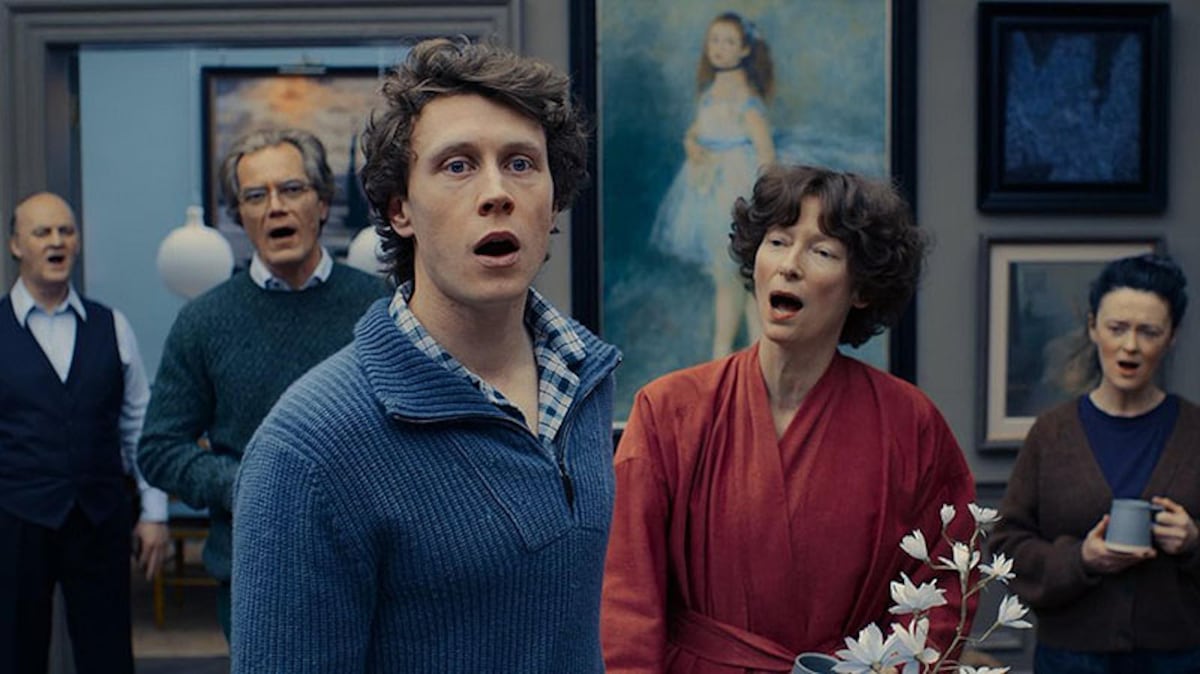

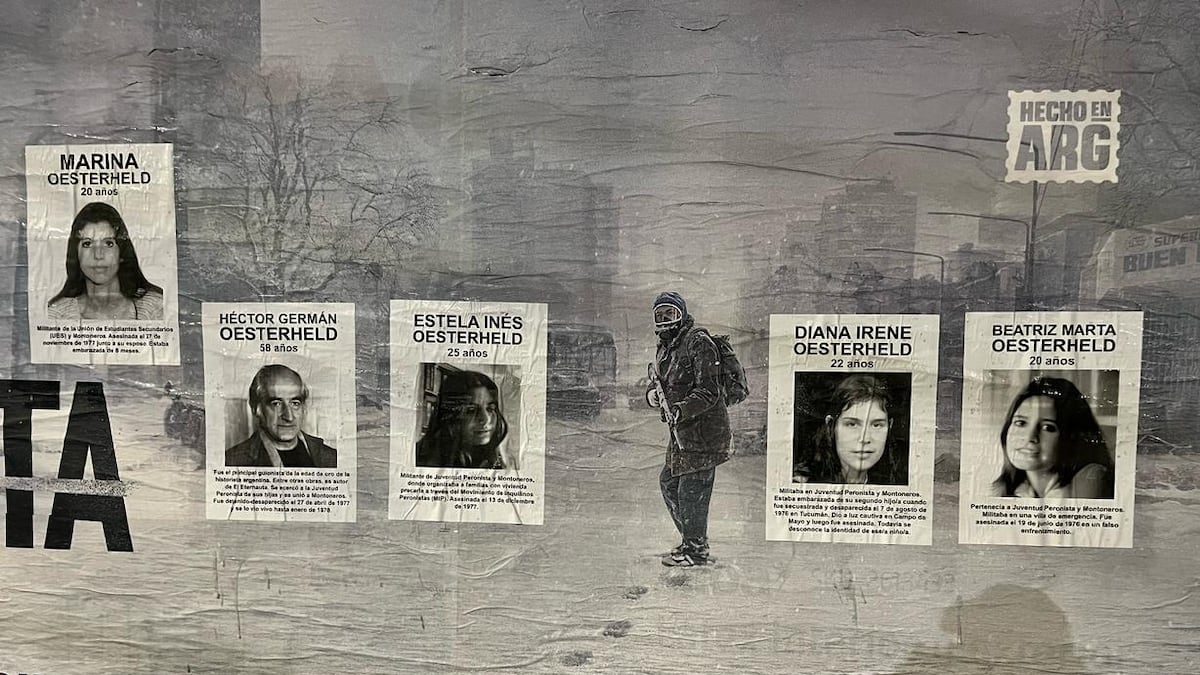

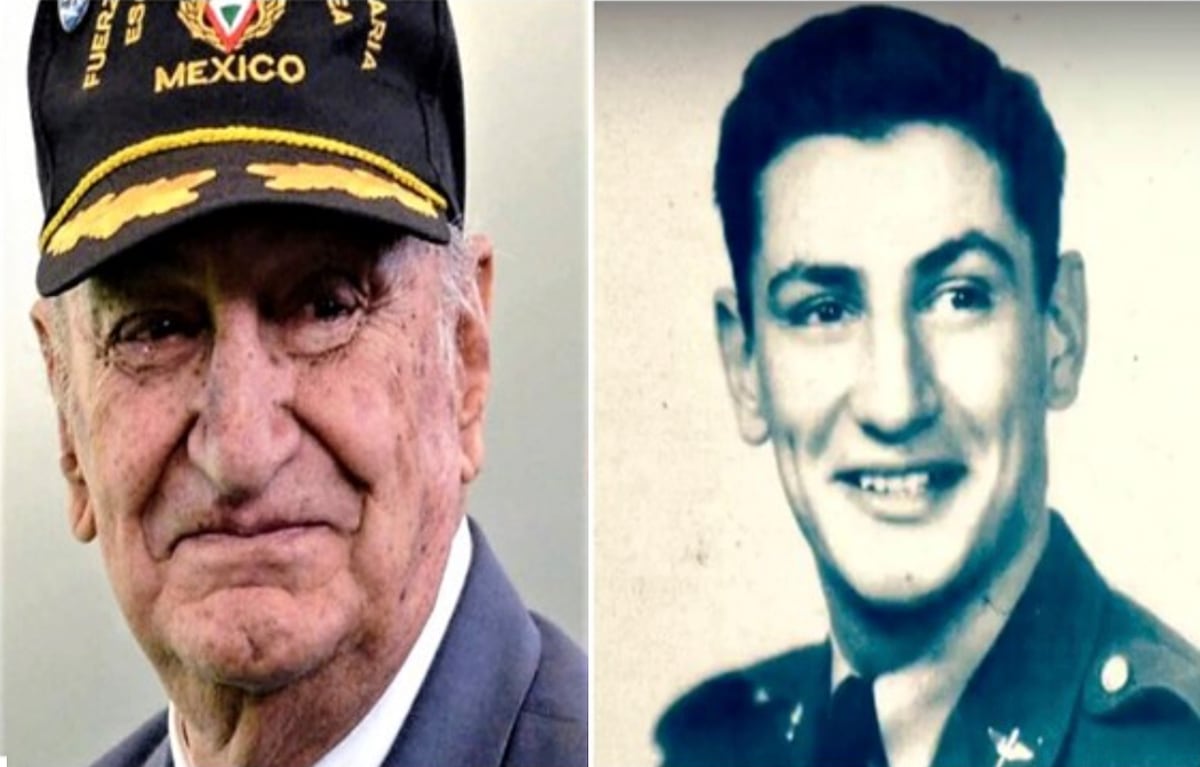
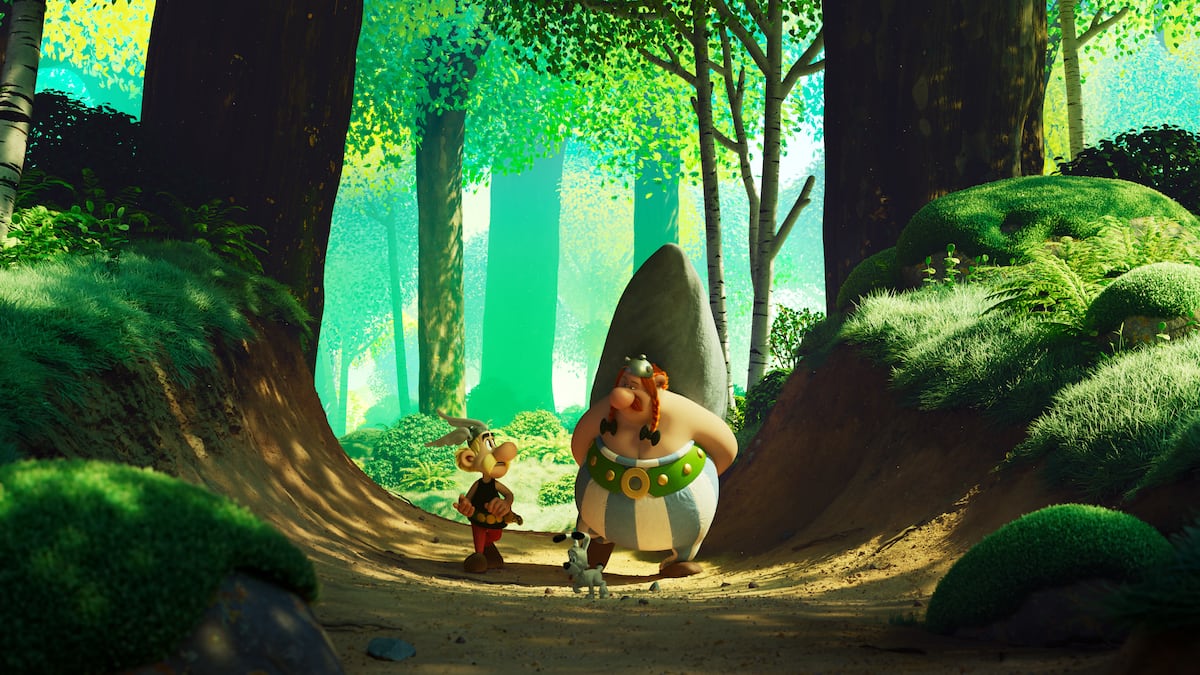

Comentarios